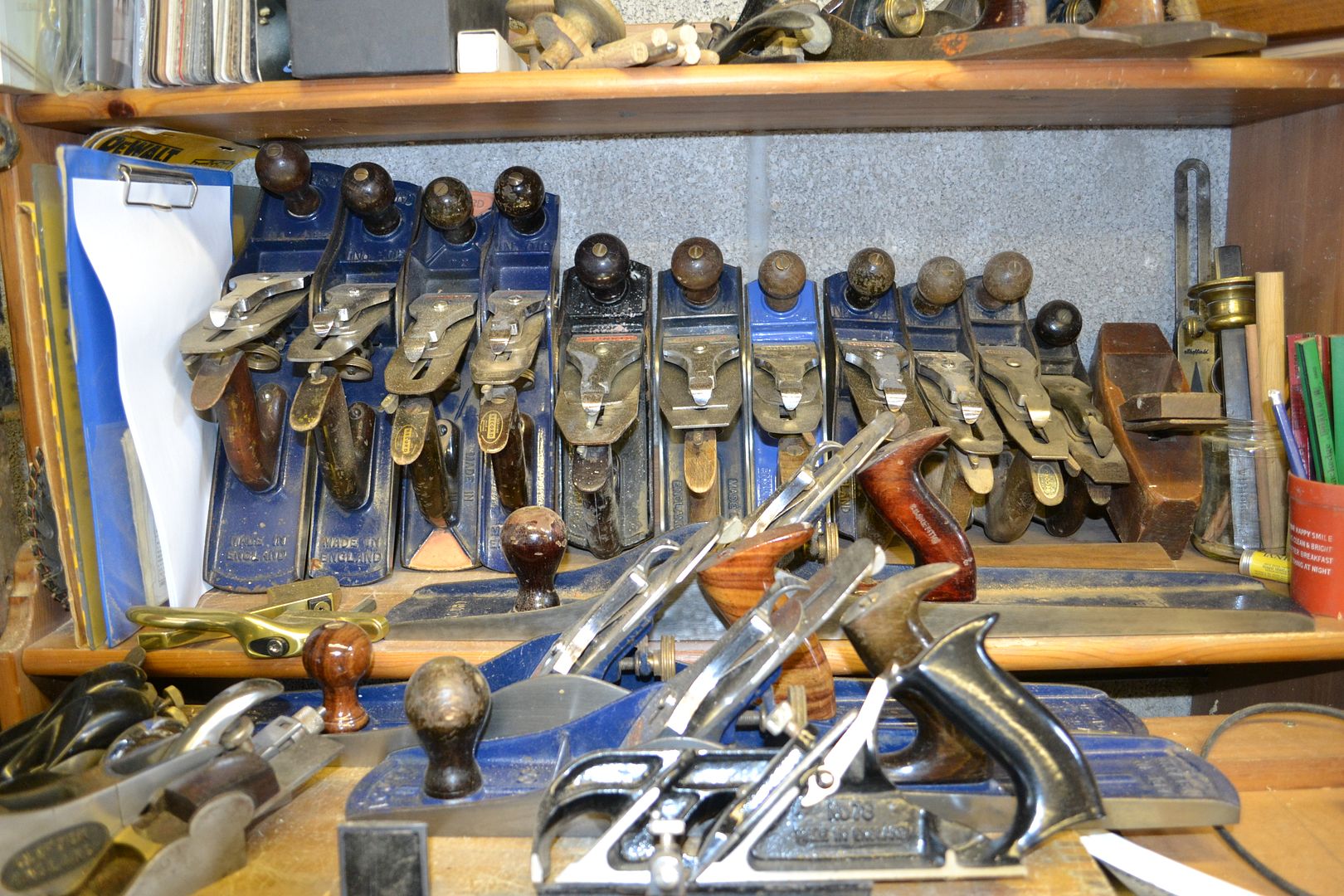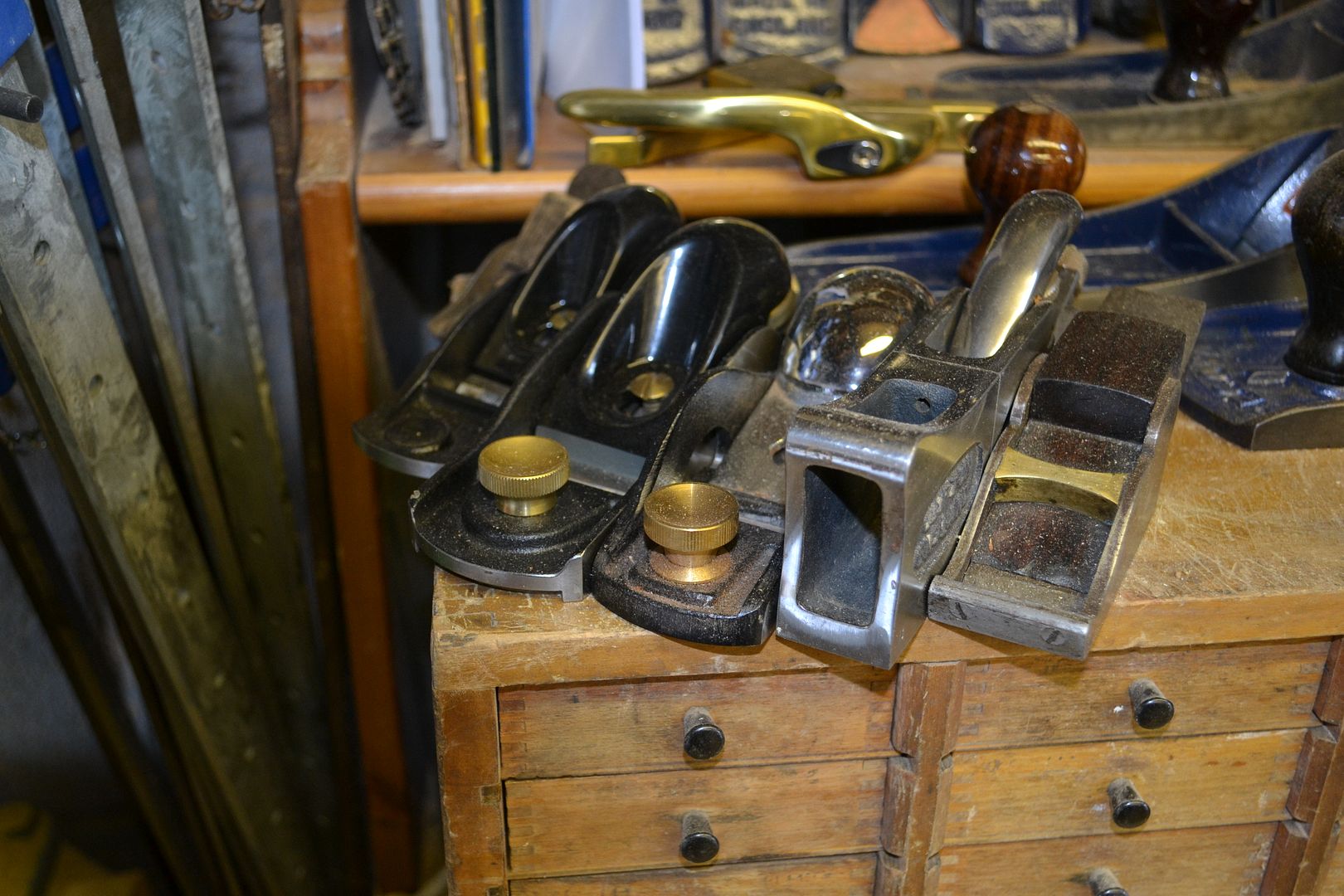Apparently I have made a classic newbie mistake of overlooking the importance of hand planes when planning my workshop. In my defence I never used handplanes at school, just sanding and the odd surform but have been doing my best to catch up.
I have, on the advice of others, bought a bog standard old stanley jack plane 5 and plan to get to grips with that. What kind of second plane should I be looking at? A smoothing plane and if so, what size? Any ideas?
Am still learning about the versatility and use of handplanes so any other tips will be greatly appreciated.
In the meantime, have a look at this video, would love to see something like this in the UK!
http://www.youtube.com/watch?v=v3Ad6tBdLbM
I have, on the advice of others, bought a bog standard old stanley jack plane 5 and plan to get to grips with that. What kind of second plane should I be looking at? A smoothing plane and if so, what size? Any ideas?
Am still learning about the versatility and use of handplanes so any other tips will be greatly appreciated.
In the meantime, have a look at this video, would love to see something like this in the UK!
http://www.youtube.com/watch?v=v3Ad6tBdLbM






